

Religion Addiction is not designated as a mental disorder by the Diagnostic Systems Manual for Mental Disorders (DSMV) but the criteria for addiction listed below from the DSM guide how an addiction functions and takes over a person’s mental life. Faith, religious activities, thoughts and rituals can become a habit and then a harmful compulsion. Religion is an integral part of life, even a way of life in itself for millions of people and is seen as normal and beneficial. Since millions of people practice a variety of religions with varying degrees of faith and intensity, it can be difficult to tell when practice becomes a harmful obsession.
For many it may seem impossible that that belief and practice can get out of control and be harmful. But when passion overtakes responsibility and reason, the result can end up damaging people and their relationships rather than improving them.
The passion for religion leading to destructive obsession goes back to the beginning of time. Differing beliefs and religions that become mass obsessions have been the driving force behind hundreds of wars that ravaged the world throughout history. Examples of faith and religion gone wrong are everywhere from Biblical times, the Crusades, the Spanish Inquisition, the Reformation when Protestants fought Catholics, to the Witch Hunts of Colonial America, right to the present all over the world. Beliefs that become obsessions, either for political or personal reasons, have made people harm themselves and others in a variety of gruesome ways throughout the ages. Religion can also go bad when leaders in authority within a religion abuse vulnerable parishioners in the name of God.
Short Term Effects
People’s moods are elevated when engaging in religious thinking, activities, services and rituals. And the mood drops when the activities are over, requiring a boost of more religion to feel okay.
Long Term Effects
Similar to substance abuse, people need more of an activity to feel the same high, and eventually do not feel anything no matter how hard they try. So they strive for more and more, always chasing an elusive high and withdrawing more and more from people and life until the “love” of religion has made life unmanageable.
Withdrawal
Depression, anxiety, fear and other conditions can result when people are prevented from doing whatever behavior they are addicted to.
Religion dependence/addiction can be described as practice that is extreme in frequency and duration, relatively resistant to change, and often accompanied by an irresistible impulse to think about, discuss, bring religion into every area of life, attend activities and watch programs and listen to music, and be intensely involved even when such practices interfere with other personal demands and relationships.
Definitions from Addiction Treatment Magazine, Process Addictions, The Diagnostic Systems Manual of Mental Disorders and other sources
Save
Save
Save
Save
Save
Save
Save
Save


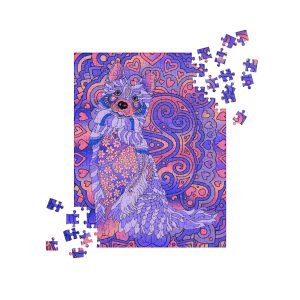
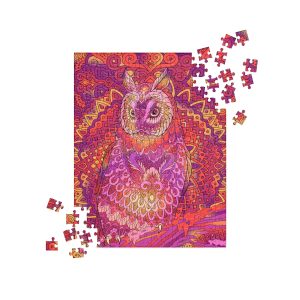



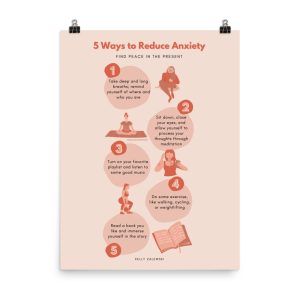
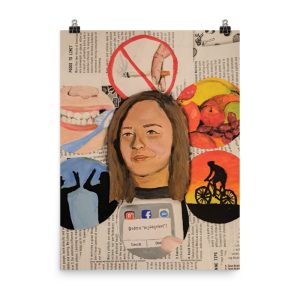
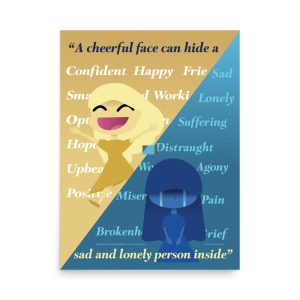
Copyright © 2023 Reach Out Recovery Services LLC | Terms and Conitions |. Site by Quadshot Digital